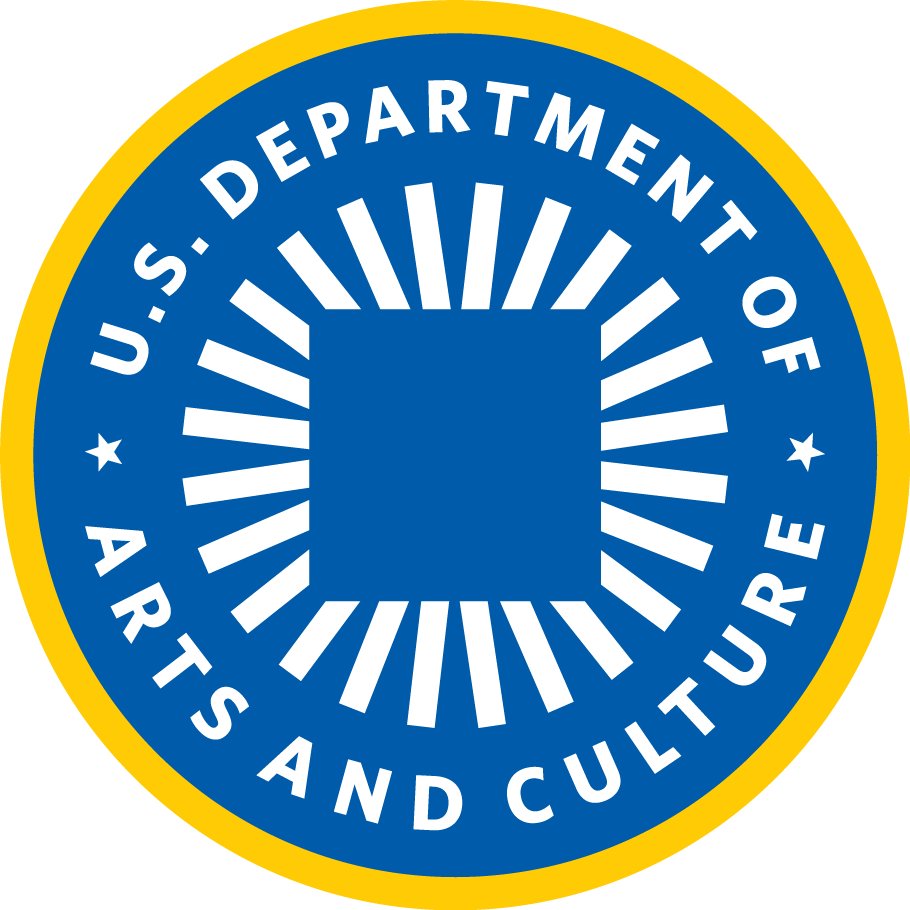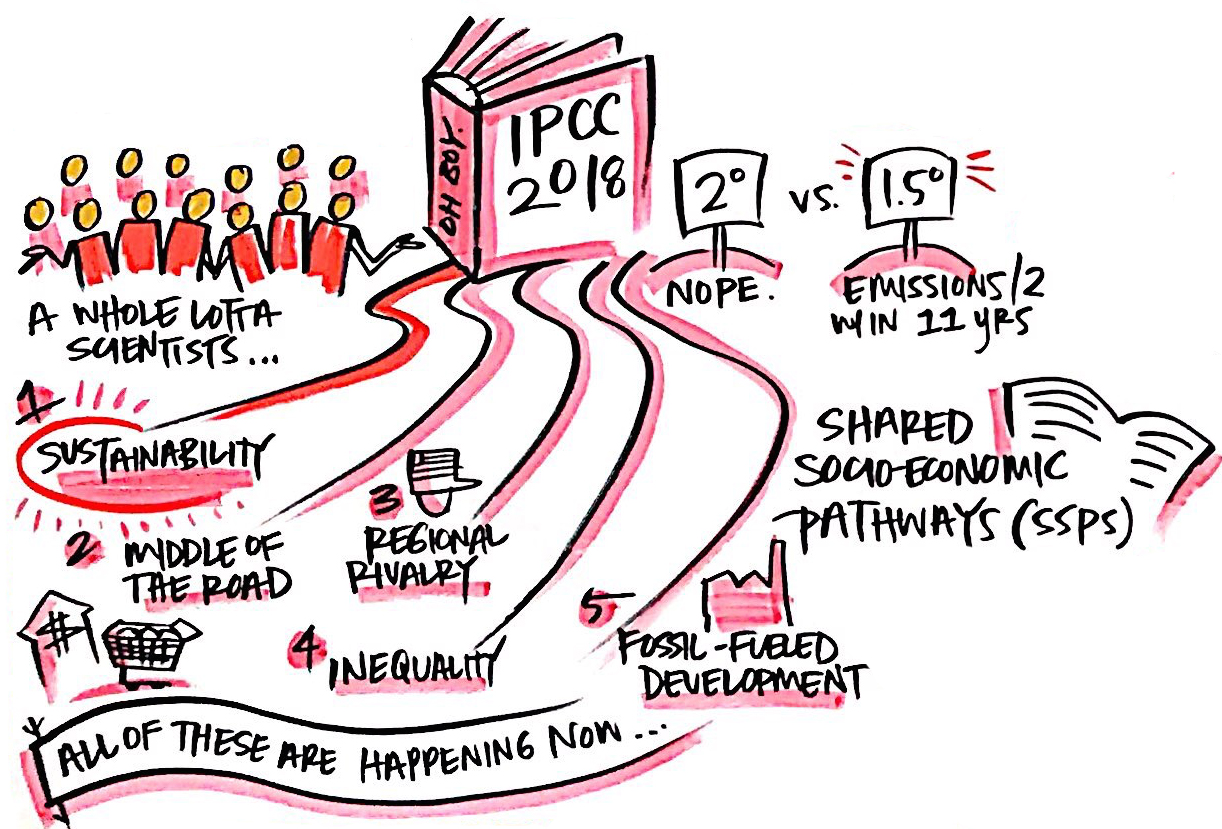Call 3 Recap: Building Strategy and Co-Creating Culture
Artists are the storytellers, visionaries, and the heart of our movements for change. You’ve learned about the nuts and bolts of a Green New Deal: now it’s time to strategize about how we can all be a part of making it real. On this call, we’ll hear from movement organizers and arts and cultural workers who are rolling up their sleeves to make a Green New Deal a reality. Then, we’ll share opportunities to plug in to the fight with the U.S. Department of Arts and Culture.
What a journey! After a summer of intensive study on the policy and the science behind a Green New Deal—with guest speakers including Rajiv Sicora, Molly Crabapple, Pablo Akira Beimler, Priya Mulgaonkar, Ananda Lee Tan, Kali Akuno, Demetrius Johnson, and Carrie Marie Schneider—we opened it up to hear from you about what you are working on regarding the September 20 Global Youth Climate Strikes and beyond. We invited Ronee Penoi and Tara Moses from Groundwater Arts, and Josh Yoder from Sunrise Movement, to be in dialogue with us about the different strategic ways that artists and cultural workers can advance climate justice. To watch a recording of the call, access the full graphic doodle, and more, download the Recap Bundle here.
What We Learned
As artists, sometimes we need to begin by reimagining our own institutions. Ronee Penoi and Tara Moses from Groundwater Arts shared about their work in creating a #GreenNewTheatre initiative. Ronee and Tara brought together several leading theater organizations in order to train people on the principles of what sustainable institutional practices might look like. Their working document, which you can download here, outlines the 6 principles of a #GreenNewTheatre:
Community Accountability
Publicly Transparent Budgeting
Decolonized Leadership
Sustainable Resources
Right Relationship to Land and History
Immediate Divestment from Fossil Fuels
In addition to working within our own institutions, Josh Yoder shared the stories of working in collaboration with advocacy organizations. As an illustrator and media strategist who has worked with Sunrise Movement, FightFor15, the People’s Climate March, the March for Science, local pipeline fights across the North East, and the campaign to stop Amazon’s headquarters in NYC, Josh helps communities take control of their own media narratives and storytelling.
How We’re Taking Action
Rachel Schragis, our Minister of the Bureau of Energy, Power, and Art, shared with us four different strategic ways artists and cultural workers can get involved in the fight for climate justice. We heard from our guest speakers as well as participants about the inspirational ways you were engaging with each strategy.
Strategy 1: Shine a light on the crisis
Shining a light on how climate change is affecting your community does double duty of pointing out that we need to make a big change, because the crisis is not abstract; it’s multifaceted, but literally the Carribean is flooding and the Amazon is burning. To the extent that we can lift up storytelling about the impacts of our community, help people be empowered in their storytelling, we are helping create the conditions for to demand systemic responses that are bigger than just helping people in one dire situation after another.
We learned about the work that you’re doing to shine a light, such as creating posters about environmental justice and environmental racism, developing classes on sustainability, and mural and puppet making around the Climate Strike.
Strategy 2: Claim governing power at every level
This is the principle we most wrestled with how to think about our role as artists. Yes, we need to win elections...but what’s our role in that? We believe true cultural democracy is so much deeper and wider than just voting. What’s our role in THAT?
Sunrise Movement and #GreenNewTheatre’s work demonstrate two completely different approaches towards what we could mean by governing power. Josh shared the story behind Sunrise Movement’s occupation of Speaker of the House Nancy Pelosi’s office, creating the iconic image that inspired public momentum behind a Green New Deal. Josh emphasized that it was important to create a media image in which people can imagine themselves winning power in government.
Tara and Ronee shared about how #GreenNewTheatre is an effort to translate a Green New Deal into changes in governance in theater and performing arts institutions. They emphasized the power of the individual artist to make change by asking for accountability from the institutions they work with, through mechanisms such as tech riders.
Strategy 3: Envision the new world we want and build it now.
USDAC often says “Everything created must first be imagined,” and climate crisis is connected to such deep problems that it can be challenging for people to envision the solution in real, concrete ways—so we have to imagine them in order to create them.
In addition to envisioning sustainable theater practices, #GreenNewTheatre also envisions the intersection of different social movements. Tara and Ronee spoke about imagining arts institutions as sanctuary spaces, highlighting the intersection between climate change and climate migrants seeking refuge. Josh spoke about the nuances of envisioning Green New Deal imagery, and making sure to avoid narratives that only center urban communities, pristine landscapes, and gentrified neighborhoods.
We heard from the many artists on our call about the wonderful ways that you are envisioning the new world, from getting involved in sustainable community-building practices in your city, to working with young people to create a futuristic graphic novel about climate change.
Strategy 4: Disrupt—this is not normal!
The last strategy is probably the simplest, but also sometimes the most daring: Disrupt! Interrupt!
One big way to plug into that is the Youth Climate Strikes. Strikes have a long global history of catalyzing change by flexing the power of regular people. A strike that’s bigger than just one workplace and is open to all is called a “general strike”. Last year, Greta Thunberg stopped going to school and sat in front of the Swedish Parliament with a sign that said “school strike for climate” and helped catalyze a youth movement of walking out of school on fridays--first across Europe and then the world. On September 20th, teenagers around the world have called for adults to join them in their strike, en masse.
Many of you shared that you are already preparing for the Climate Strikes, such as organizing a silent march in Minnesota, running digital campaigns such as BeTheGreen, and planting 40 trees to symbolize the interrelation between climate change and environmental racism.
What’s Next?
We encourage everyone to get involved with an action, big or small, on September 20 in support of the Global Youth Climate Strike! Sign up here for the strike.
We will host a one-hour Climate Strike debrief call on Tuesday, September 24, at 5pm PST/8pm EST. We’ll hear from you about how the climate strike went, and offer suggestions and next steps. If you registered for our Artists Unite For A Green New Deal call series, you will receive the link to the debrief call in your email. If not, be sure to register with us!
Lastly, please take a moment to fill out this survey on our Artists Unite For A Green New Deal call series. We would love feedback on how we can continue supporting you in your journey to creatively animate your communities in the service of the world you want to see. Thank you for spending this summer in deep study with us!
















